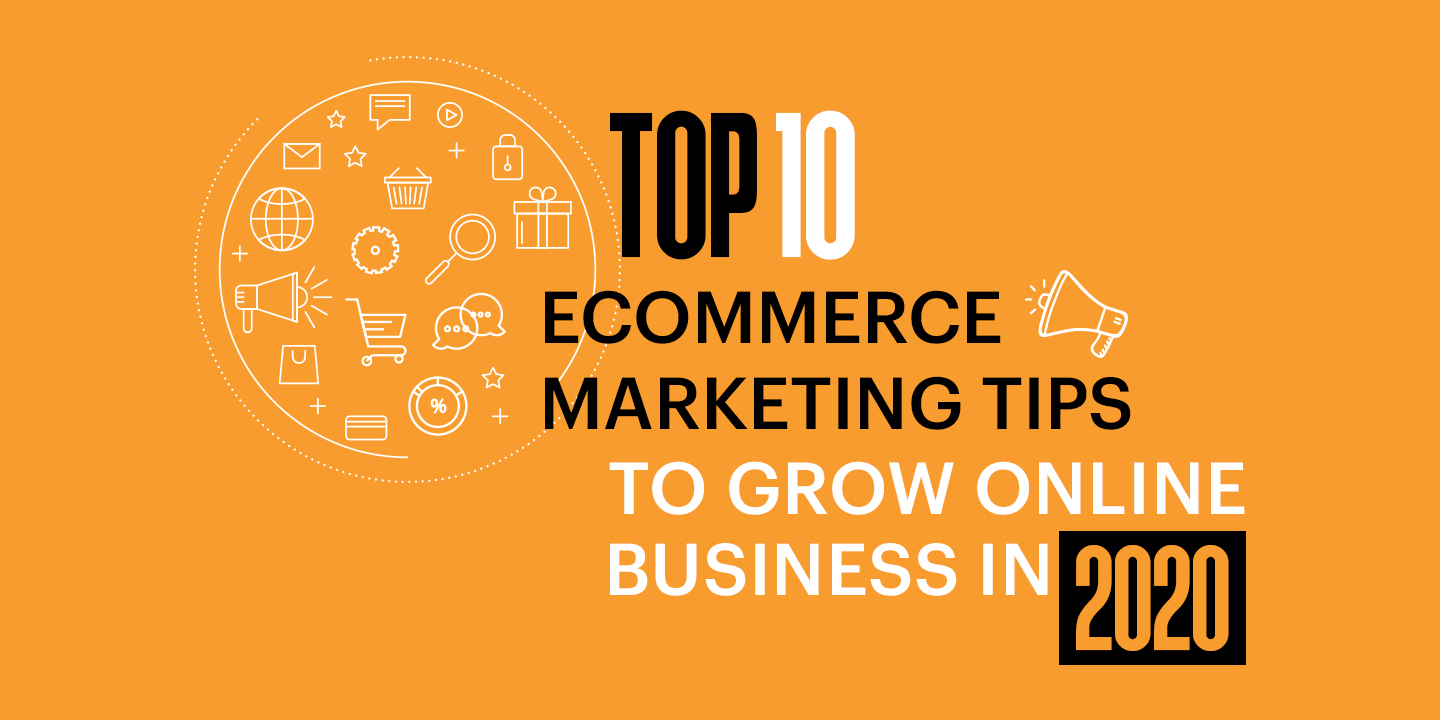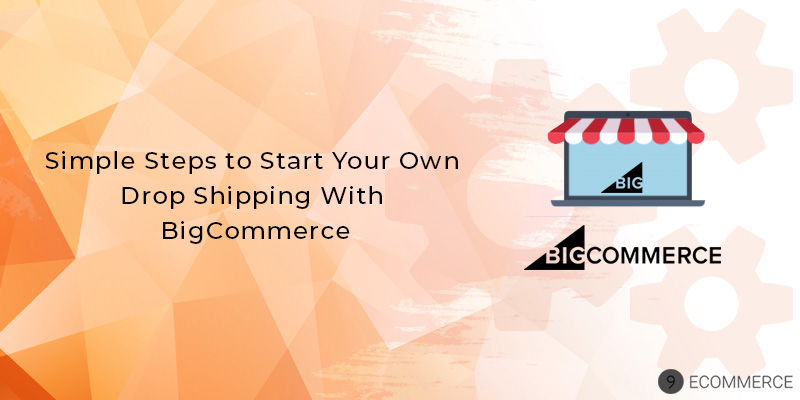Today, the ecommerce business is growing faster compared to any other businesses. An ecommerce website plays a crucial role in helping businesses to grow in the digital world. However, the success of the website doesn’t depend only on the products but on the range of other factors. The two main aspects are how the website is designed and the other is how it is marketed.
There are certain features that can help to make your website more useful and user-friendly to customers. Therefore, your new ecommerce website should have the following essential elements that help your business to grow abundantly generating more sales and gaining a wider customer base.
Highly Interactive Design
A clean and attractive design of the ecommerce website attracts more visitors and retains them for a longer period. If you are selling a range of products, then an inclusive design will enable users to click and place the order and if the design is overly, then they are likely to look away from your products and prices. However, a professional team of eCommerce web designers can craft incredible UI design.
Domain Name
Your domain name plays an important role in getting the targeted audience to your site. Your domain name will help in bringing in the right customers who are pursuing your services or products. Therefore, it is crucial to pick the right domain name and the top ecommerce agency india helps you choose the apt one according to your business.
Logo
The logo of the ecommerce website directly affects the clients. Therefore, it is important that logo design should be enticing, remarkable and catches the attention of the crowd. As it has the direct impact on the audience, it is important to pick the right color combination and design and font for the logo so that the customers can easily recognize it. eCommerce website designers are well aware of logo design and color foundation helping you to develop the perfect logo.
Navigation
For any online ecommerce website, proper website browsing route plays a vital role in achieving the generated sales set by business. A clear, spotless, hassle free and easy to use navigation takes your visitor to their destination easily generating more sales or fulfilling their required requests. A simple and clear route does not confuse your visitor while riding through your website.
Call to Action
Adding call to action at a noticeable place on the site results in more clicks. To direct the attention of your visitors from decision fatigue and confusion regarding the important content based on your requirements, you can add a Call to Action button. Using the right color that stands out from its background makes your CTA stand out increasing the chances of click rates.
Tagline
The tagline is all about your business name or what your business vision and mission is. You need to create an impactful tagline that covers everything from the brand value you stand for to the summary of products and services.
Mobile-friendly/ Responsive Website
Mobile shopping is in vogue with most of the shoppers going mobile. Creating your website that fits all screens big and small as well as running smoothly on the smartphone is the need of the hour. As a large amount of the audience comes from mobile devices, it is compulsory to customize your website mobile-friendly.
Live Chat Feature
With changing times, it is required to insert in new features. With the help of ecommerce web developers, provide a live-chat feature in your website for your customer’s convenience. The quality of the customer service plays a paramount in the growth of your business. Therefore, rather making your customer wait for the email reply, answering their queries right away through live chat earns loyalty and brand face value due to excellent customer service.
User Generated Reviews
Most new customers get to your website looking at the reviews and testimonials on your website. This helps the new potential customers to perceive how dependable and reliable you are in your field and in providing the services.
Social Media
With people networking on varied social media platforms and spreading through word of mouth on these platforms, it is important to add these social media links on your website. Integrate web based social media symbols at the lower part of the webpage so that your website users can easily talk about your service or products through these social media platforms like facebook, insta, twitter and so on. As more and more people are joining social media networks, these mediums are one of the best ways to connect to the potential customers and draw more attention from the targeted audience.
Contact Information
Adding contact information on your ecommerce website is vital for your customers. Integrating contact information at the top of the website and at the button of your site makes your business look authentic. This also makes it easier for your customers to contact you whenever they require. Also experienced eCommerce website developers can suggest which is the best place to add contact information.
Security
With everything going online, it is inevitable to avoid online transactions. This also opens up a wider arena for cybercriminals to usher in ecommerce websites attacking both businesses as well as the customers. Therefore, it is pivotal that online retailers or businesses secure client data and add solid protection to their payment gateways. A safe and secure transaction provided to your customers not only earns their trust but also leads to gaining their loyalty.
Payment Options
Ecommerce websites are of no use without having any payment option for your customer to complete their transactions. Offering them just a single payment option looks like a real naive business. Therefore, offering a suite of payment options where customers can have easy access to the payment mode with which they are comfortable brings in more orders while skyrocketing your sales.
Apparently, the list goes on with new requirements and new elements adding into the ecommerce website development world. However, updating and evolving while integrating the most important features help your ecommerce website to soar higher in the new horizon. Moreover, leveraging the best eCommerce agency india services, you can boost your business online.



